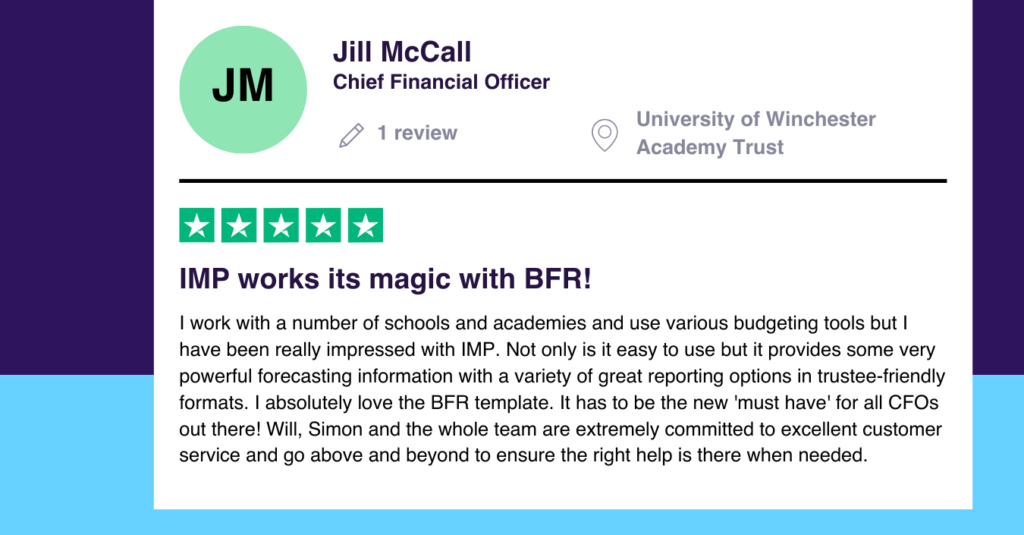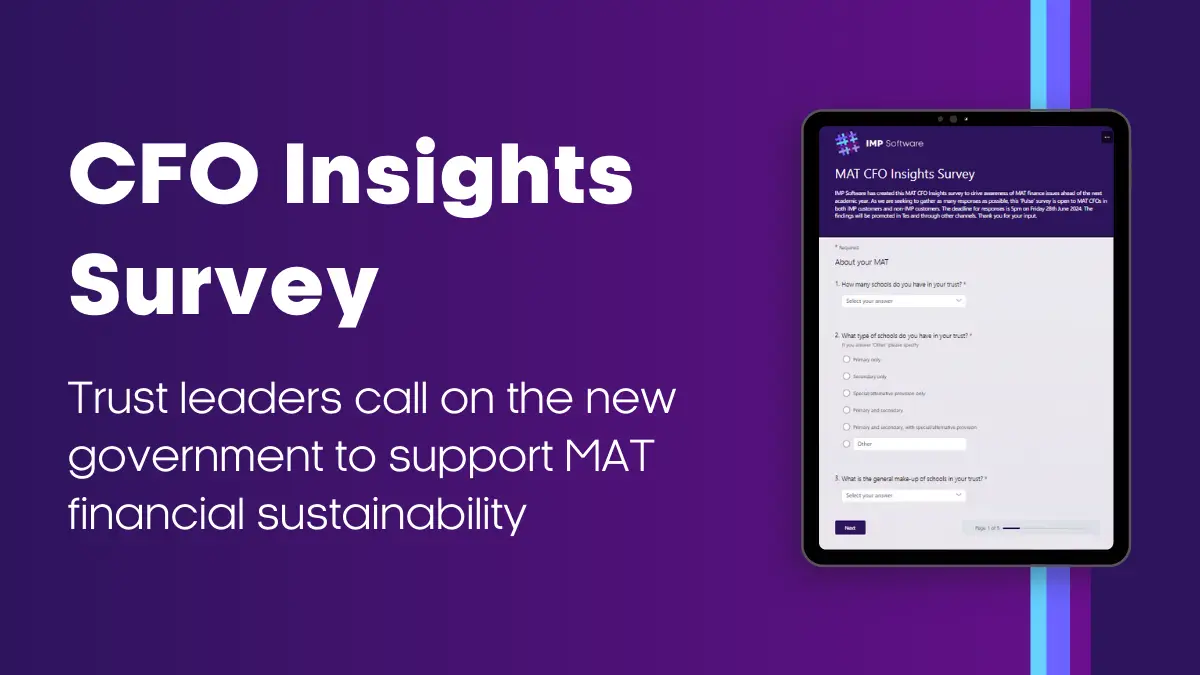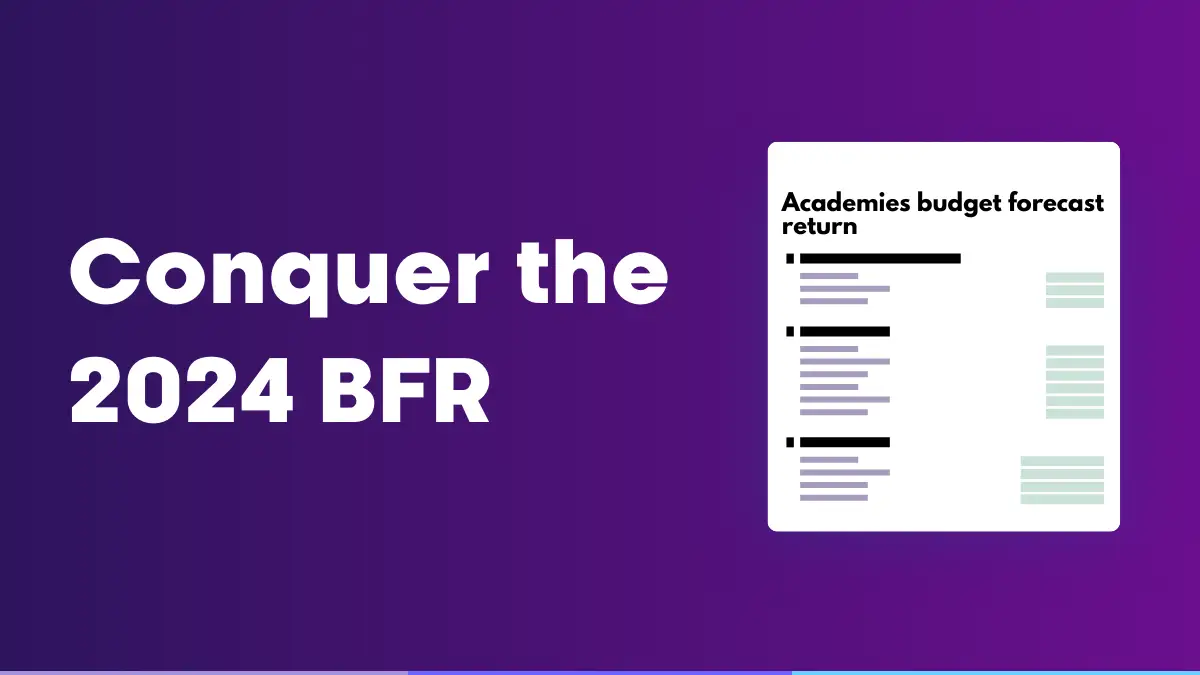
Here are all your options and considerations for approaching this year’s new BFR deadline.
Introduction
In the world of multi-academy trusts, the budget forecast return (BFR) is the final submission of the year. Some would argue it’s the most complex of the financial returns. It is widely understood that the budget setting cycle can be tricky to balance: a constant battle between relatively static income and ever-increasing costs.
This year, the BFR deadline has been pushed back to the 31st August, giving multi-academy trusts more time to complete the submission.
It’s safe to say that this change has generated some healthy debate across our user base as to how to approach this year’s BFR submission. So, we’re delving into the options available, shedding light on potential roadblocks for the person responsible for submitting your BFR to the ESFA.
Option 1: Ignore the deadline change
Some trusts may choose to ignore the extended deadline and stick to their original trustee meetings and budget approval timeline. This means approving the budget before the summer break begins. However, it’s important to note that any budget submitted before the break may include pay awards that are yet to be confirmed. You may need to tweak the budget in September to reflect changes to underlying assumptions.
While this option allows for a timely budget approval process, it may require additional adjustments and revisions once the updated forecast is available. So, you’ll need to carefully weigh the benefits of an early approval against the potential need for revisions to the opening position in the autumn term (remember last year!?).
Option 2: Take advantage of the extra time to factor in pay award announcements
Alternatively, trusts can choose to wait until closer to the 31st August deadline. This provides an opportunity to incorporate any later agreed pay awards or offers into the BFR before final approval and submission. By waiting, trusts can ensure that the budget includes the most up-to-date information, including pay awards announcements that are expected in July — along with (hopefully!) funding to cover some or all of the increase.
This option allows for a more comprehensive and accurate budget submission, taking into account any recent developments or changes in pay awards. However, it does require a change to the budget approval cycle. This might include scheduling additional meetings in August to understand and approve any required changes as a result.
Option 3: Take advantage of the extra time but ignore pay award announcements
This final option seems to be a front runner for our customers. In this scenario, finance teams that are already up against it with the regular workload of the end of term will take the opportunity to utilise some of the ‘quiet time’ during the summer to get stuck into BFR preparation and submission.
Of course, this ‘quiet time’ has a habit of passing by. I’m sure that you’ve been there, looking forward to a productive summer of uninterrupted work, where you’re able to make progress on a range of sticky items that have not seen the light of day. Yet every year, you get to the end of the summer with a list that looks similar to what it did at the beginning of the period…
But, whichever option suits you best, good luck with the process and remember that it will always take longer than you expect. Don’t leave it to the last minute!
Additional tip: For next year, streamline your budget setting process
Regardless of the option you choose, using tools and solutions that streamline the budget setting process can greatly enhance accuracy and efficiency. For example, automated systems such as our BFR wizard in IMP Planner can help ensure accurate data entry, consolidation, and mapping of budget codes, resulting in a more efficient submission process.
Our BFR wizard is an innovative tool that we have developed over the past few years to automate the collation, mapping and population of the BFR form. IMP Planner is the only tool that is natively designed to combine the historic actuals from the finance system, with the March forecast and the forward looking 3-year budget, eliminating manual data entry and consolidation, it significantly reduces the time and effort required to prepare the BFR submission.

In summary…
The extended BFR deadline provides multi-academy trusts with options to consider regarding their budget approval process. Trusts can either stick to their original timeline or wait until closer to the deadline to incorporate any later pay awards. Utilising tools and solutions like IMP Planner can further improve accuracy and efficiency throughout the budget setting process.
To learn more, register for our next webinar.




